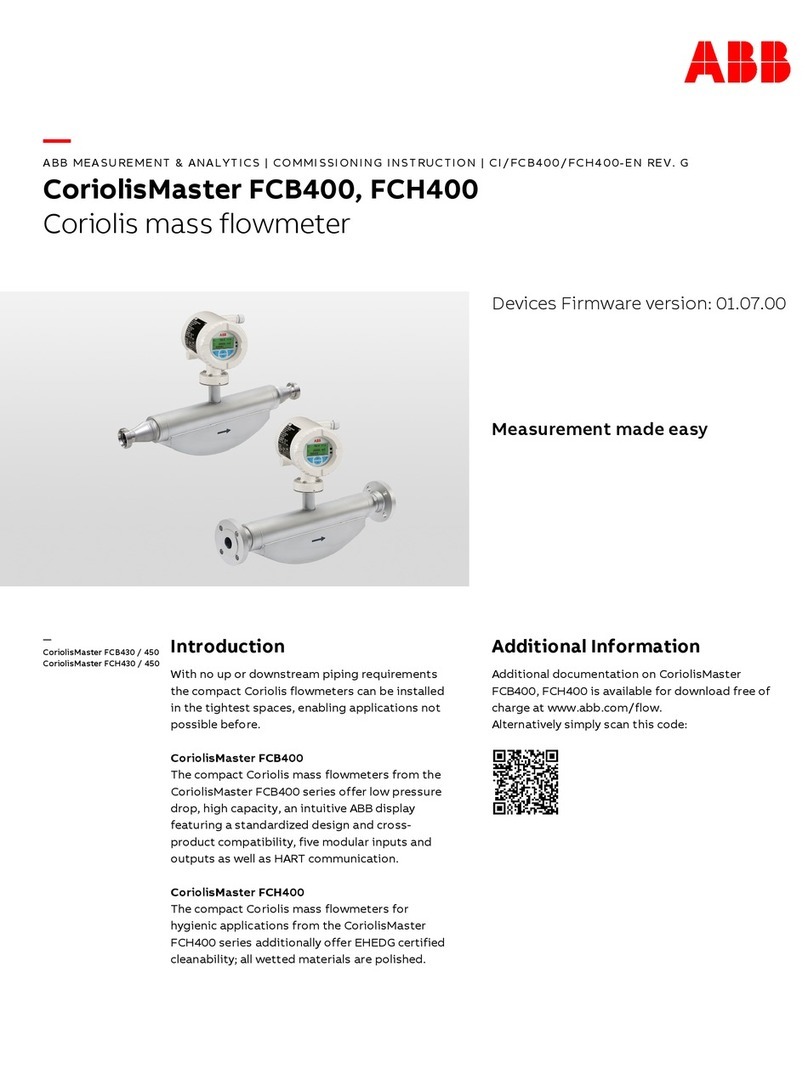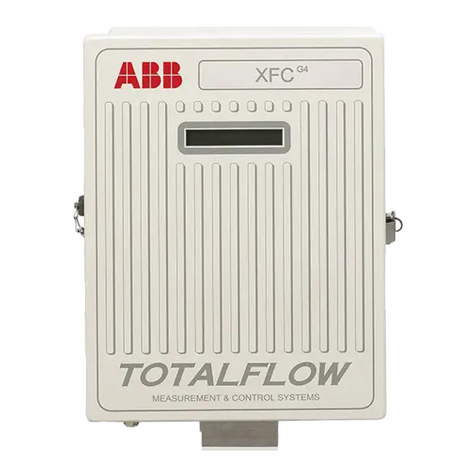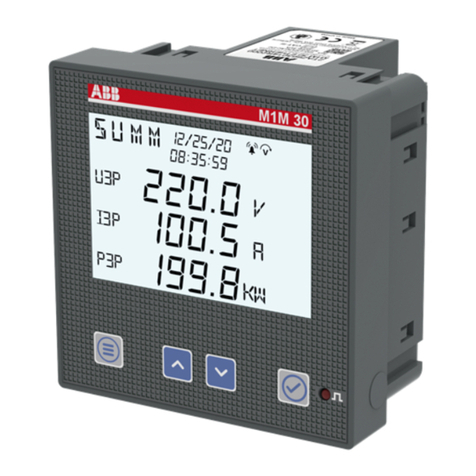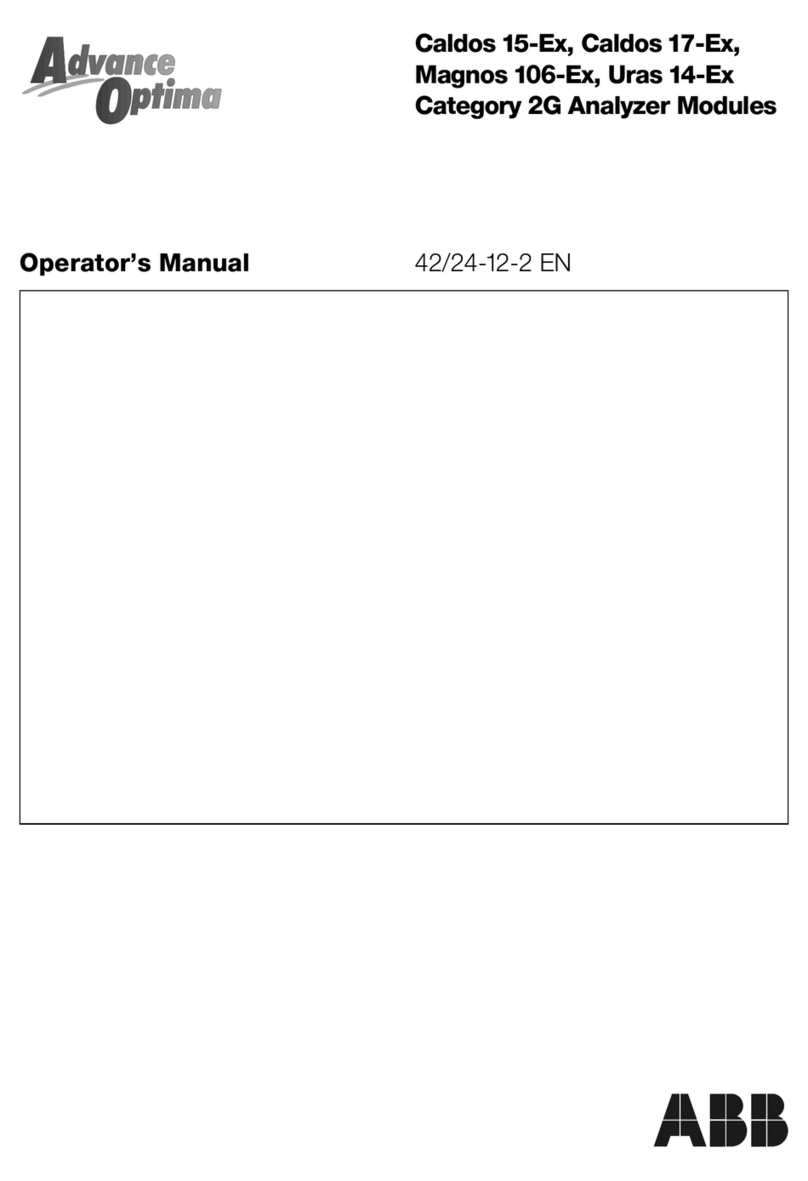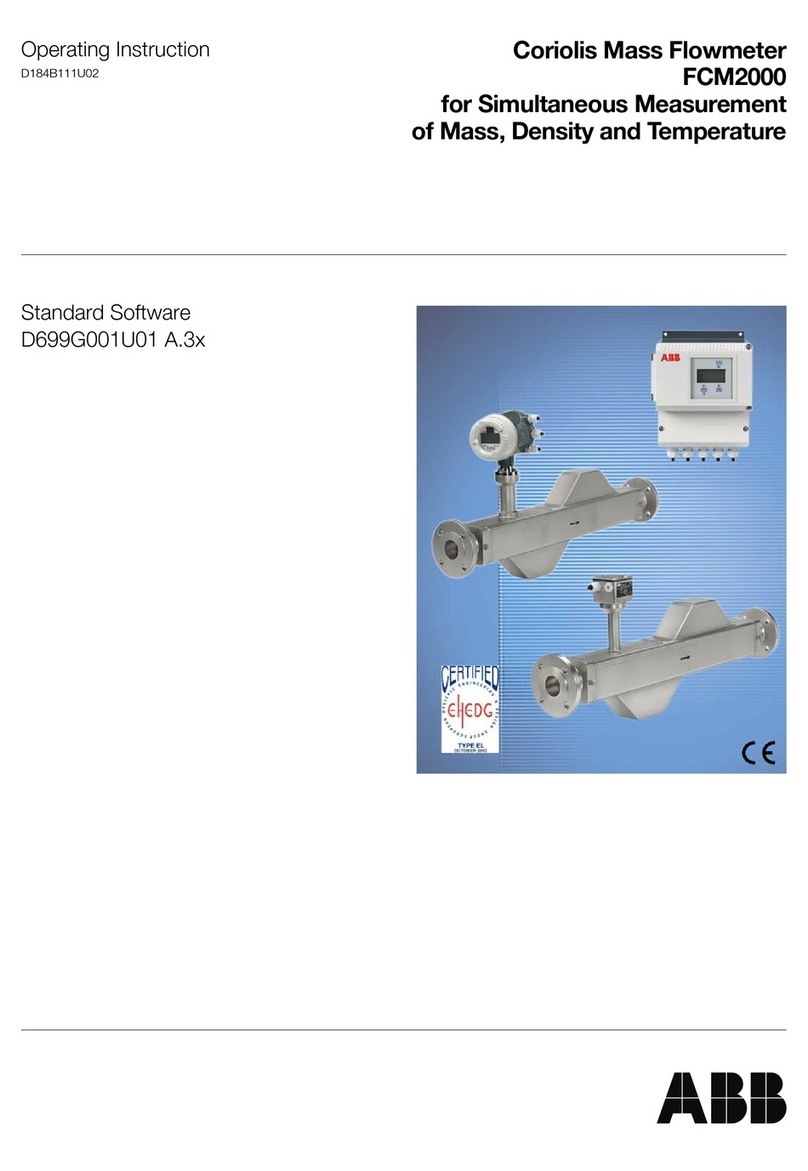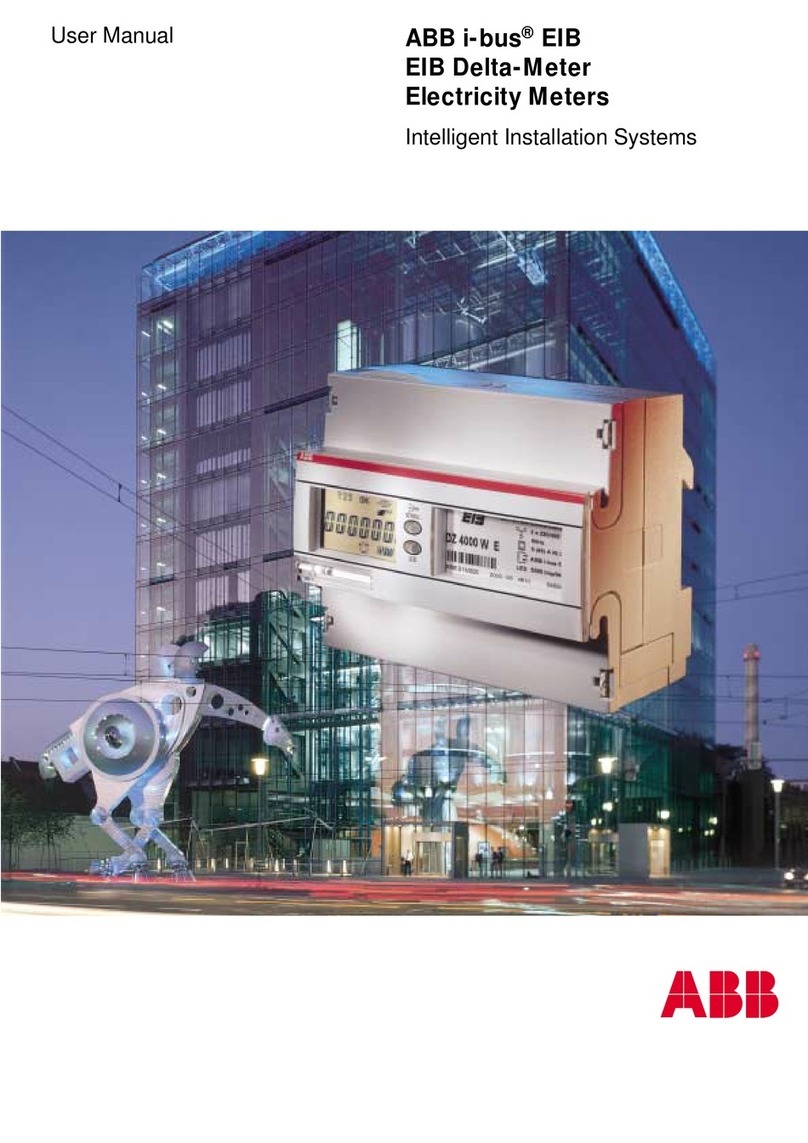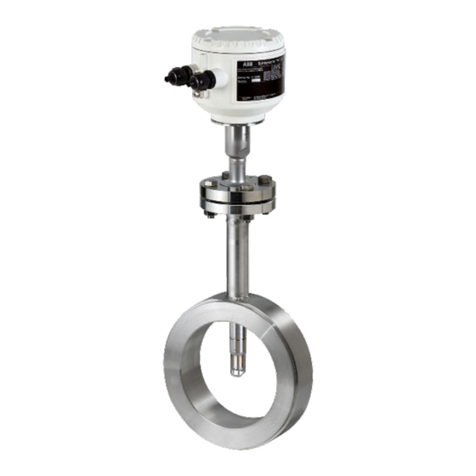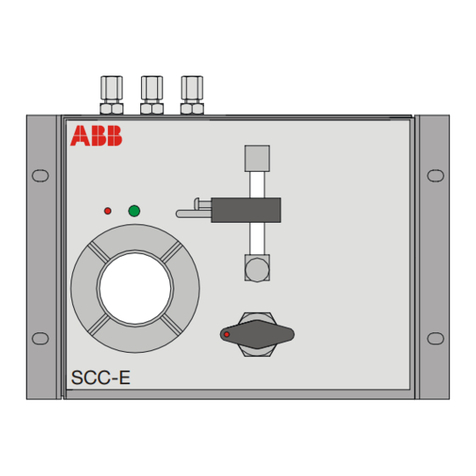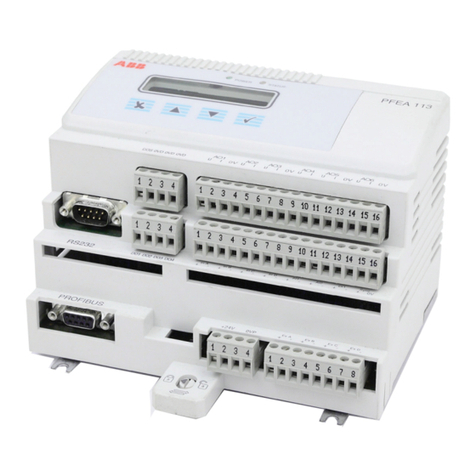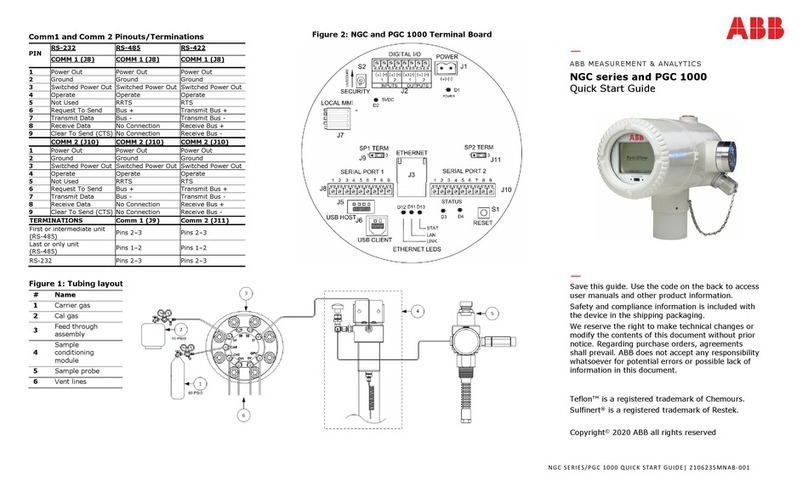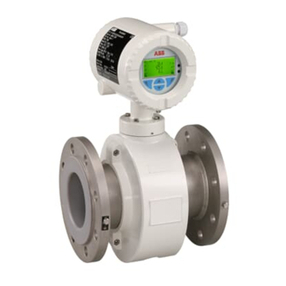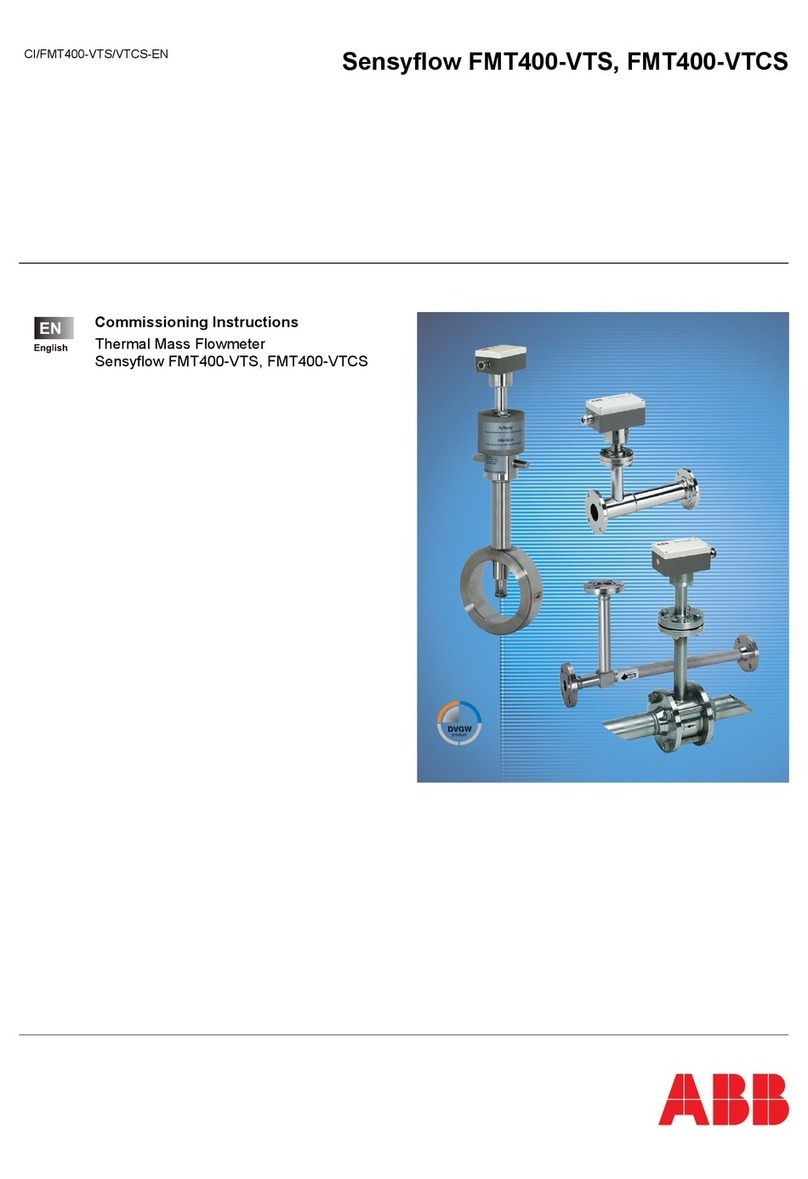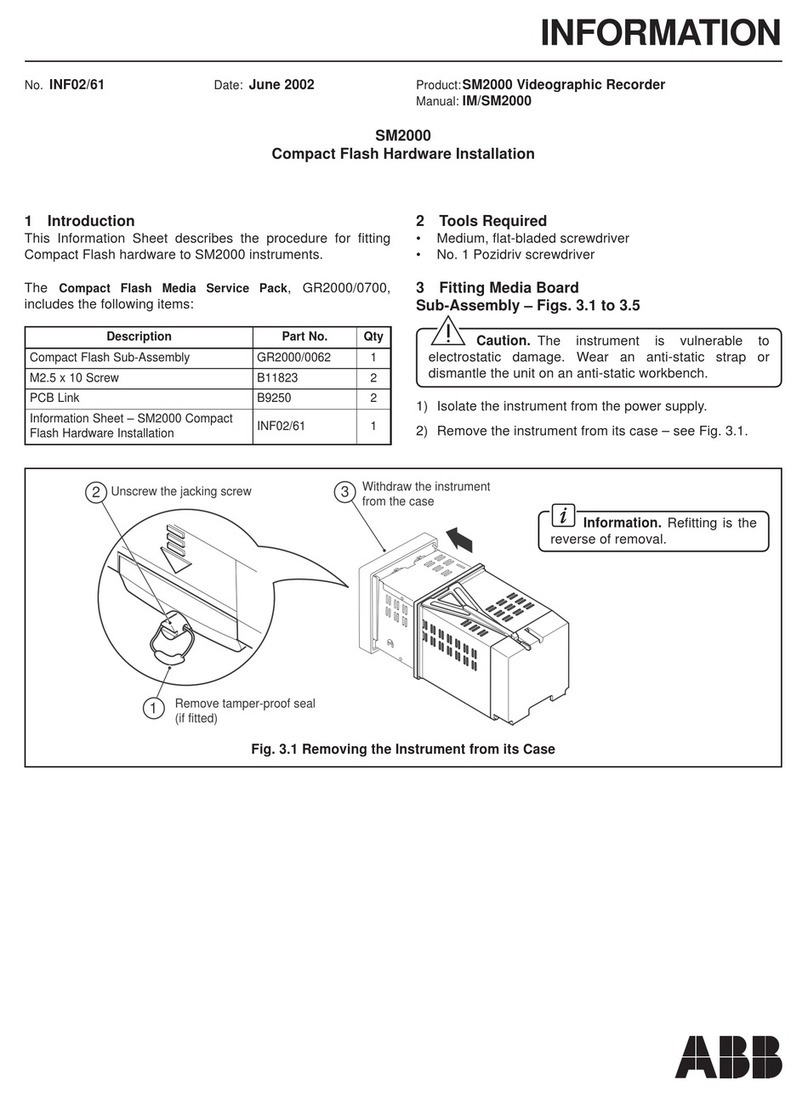
1
MODBUS (RTU)
Serial Adaptors
Serial Connections
Programming Pages
ASCII Tables
Part No.
IM/C1900–MOD
Flow Totalization
Ramp/Soak Profile
Math Functions
Timer Functions
Part No.
IM/C1900–ADV
ADVANCED SOFTWARE
OPTIONS
DATA SHEET
Full Specification
Part No.
SS C1900
Part No.
IM/C1900–INS
INSTALLATION
Product Identification
Siting
Mounting
Electrical Connections
Installation Record
Recorders and Controllers
PROGRAMMING
Part No.
IM/C1900–PGR
OPERATION
Part No.
IM/C1900–OGR
Recorders Only
PROGRAMMING
Part No.
IM/C1900–PGC
OPERATION
Part No.
IM/C1900–OGC
Controllers Only
A – Standard Manuals
B – Supplementary Manuals
Setting Up
Error Messages
Displays & Controls
Operating Level
Simple Fault Finding
Setting Up
Error Messages
Displays & Controls
Operating Level
Simple Fault Finding
General Programming
Basic Config. Level
Advanced Config. Level
Connections & Links
General Programming
Basic Config. Level
Control Config. Level
Advanced Config. Level
Connections & Links
1INTRODUCTION
Section Page
1 INTRODUCTION ........................................................... 1
2 PREPARATION ............................................................. 2
2.1 Accessories ........................................................ 2
2.2 Checking the Code Number ............................... 2
2.2.1 Non-upgradeable Version ...................... 2
3 MECHANICAL INSTALLATION .................................... 3
3.1 Siting .................................................................. 3
3.2 Mounting ............................................................ 3
3.2.1 Wall-/Pipe-Mounting .............................. 4
3.2.2 Panel Mounting ..................................... 5
4 ELECTRICAL INSTALLATION ...................................... 6
4.1 Identifying the Input/Output Modules .................. 7
4.2 Channel Connections ......................................... 7
4.2.1 Selecting the Analog Input Type(s) ......... 8
4.2.2 Voltage and Current .............................. 9
4.2.3 2-wire Transmitter Input ......................... 9
4.2.4 Thermocouple ....................................... 9
4.2.5 Resistance Thermometer (RTD) ............. 9
4.2.6 Logic Inputs .......................................... 9
4.2.7 Analog Output ....................................... 9
4.2.8 Relay Output ........................................ 9
4.2.9 Motorized Valve ................................... 10
4.3 Module Connections ......................................... 11
4.3.1 Standard I/O or Analog + Relay
(Module Types 1, 2 and 7) ................... 11
4.3.2 Four Relay Module (Module Type 3) ..... 11
4.3.3 Eight Digital Inputs or Outputs
(Module Types 4 and 5 respectively) .... 11
4.4 Power Supply Connections ............................... 13
5 INSTALLATION RECORD ........................................... 13
The documentation for the C1900 series of circular chart
recorders is shown in Fig. 1.1. The Standard Manuals, including
the data sheet, are supplied with all instruments. The
Supplementary Manuals supplied depend on the specification of
the instrument.
This manual includes an Installation Record which should be
completed as a log of the electrical installation. The record is
useful when carrying out initial instrument programming and can
be retained for future reference.
Fig. 1.1 C1900 Documentation
CONTENTS
